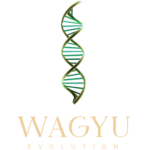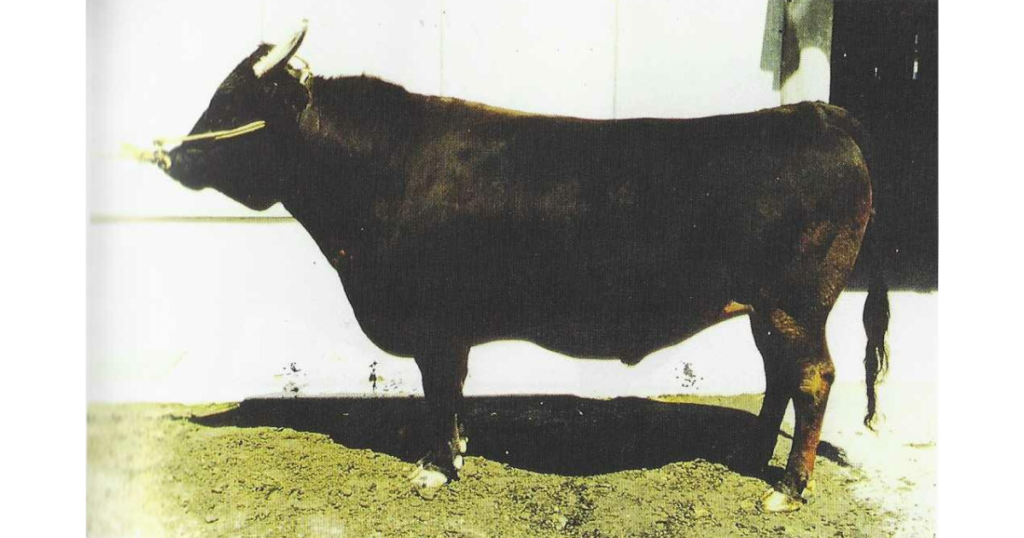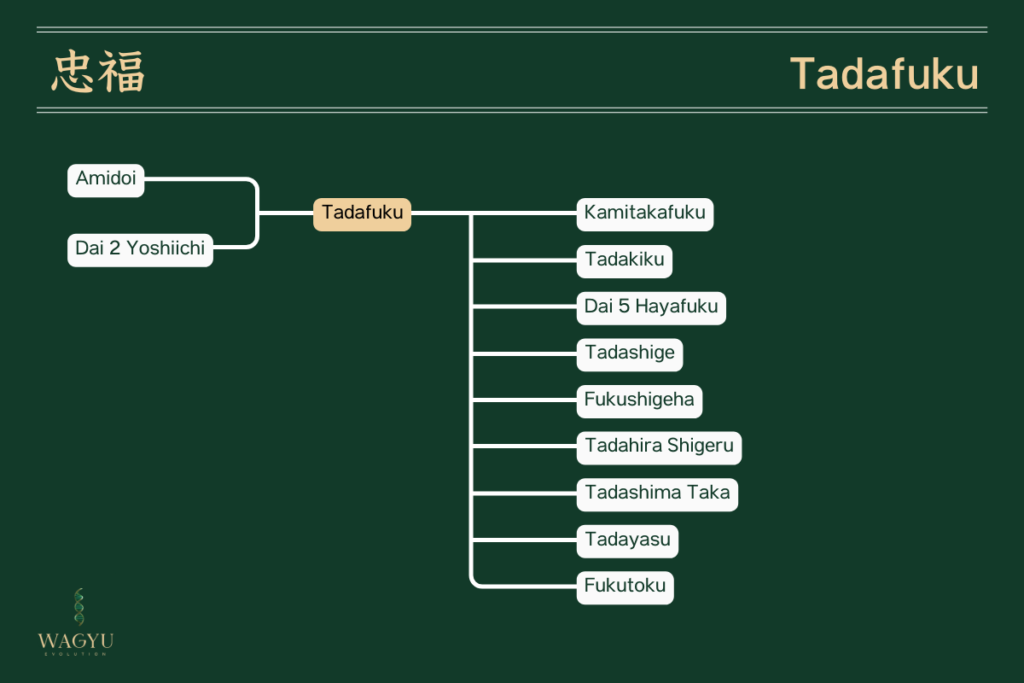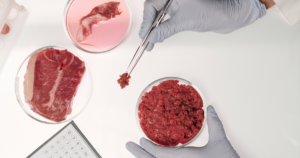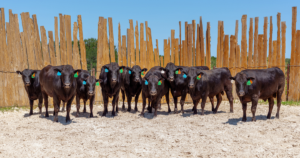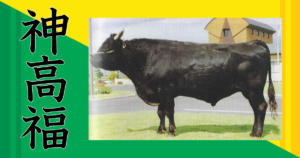Tadafuku: The Golden Bull of Kagoshima
Table of Contents
* Note: This is not a direct translation of Kenichi Ono’s “Top 100 Famous Beef of Japan [Revised Edition]” but a summary that was written using it as a direct source.
Early Life
Kagoshima Prefecture boasts the highest number of Black Wagyu cattle in Japan, and it also ranks first nationwide in the number of stud bulls in use. The prefecture alone has more than 50 publicly owned stud bulls, and including those on standby, the number of stud bulls easily exceeds 100 (excluding Makigyu). One of the representative bulls is “Tadafuku,” which is one of the prominent bulls from the offsprings of Amidoi.
Tadafuku was born on April 8, 1976, at the home of Mr. Tadaharu Ueda in Muraoka Town, Hyogo Prefecture. After being raised by Mr. Sugao Hirai, famous for raising cattle in Iwate’s Kikutani, Tadafuku was sold to Kagoshima Prefecture for 4 million yen. He was in use for an exceptionally long period of 16 years, from July 1978 until his death in May 1994. By the end of 1995, the number of his registered calves exceeded 117,000, making him one of the most successful in the nation.
Features
Strengths: Large loin eye area, Balanced body conformation, High growth rate, Uniformity among calves, Meat color, Early maturity and robustness
Weaknesses: Meat quality stability (especially in later years), Flavor, Marbling in the thigh, Slightly aggressive temperament
Tadafuku was notably excellent in growth rate for a Hyogo-bred bull, with a tendency to have a large loin eye area. In an indirect test completed in 1981, he recorded impressive results for that time, with a final weight of 604 kg, carcass weight of 369 kg, daily gain of 0.94 kg, fat marbling score of +3.7 (old method), and a loin eye area of 51 cm². These results were groundbreaking for a purebred Hyogo bull, and Tadafuku quickly gained attention as a representative of the modern Tajima cattle, which were highly recommended at the time. Additionally, he had particularly good compatibility for crossbreeding with the famous cattle of the same generation, such as Dainijūhira Shige and Hōshō.
He was also widely used for breeding throughout the entire prefecture, contributing to the golden age of Kagoshima Wagyu from the late 1970s through around 1990. However, as with most Hyogo-bred cattle that have good growth rates, Tadafuku also experienced a significant decline in meat quality in his later years, which became one of the factors leading to the overall decline in fattening performance in Kagoshima Prefecture after 1992.
Pedigree Background
Tadafuku’s sire, Amidoi, is becoming a foundational figure in the history of Black Wagyu cattle. In Kagoshima Prefecture, besides Tadafuku, other well-known descendants include Kiyoou, Tajima Fuku, and Toshimidoi.
Among these, Tajima Fuku, who is currently 20 years old, is still actively used. Tadafuku’s grandsire, Shigekanami, is well-regarded for his maternal abilities, and bulls with similar breeding patterns, such as Amikane from the Livestock Improvement Association, Bifuku from Hokkaido, and Kaneyama from Fukushima, are also famous.
Tadafuku’s great-grandsire, Atsunami, is closely related to Shigekanami, and his great-great-grandsire, Jukudo, is a renowned bull from the Monpo line. Tadafuku was bred as a stud bull by effectively balancing the three major bloodlines of the Hyogo lineage: Tajiri, Shigefuku, and Monpo. He is characterized by excellent growth, robustness, and a very low incidence of deformities or weak calves.
Major Successor Bulls
- Jinkōfuku (Kagoshima Prefecture)
- Tadakiku (Kagoshima Prefecture)
Born on March 10, 1984. Sired by Tadafuku, with a grandsire of Fukumikiku. In an indirect test, he recorded a daily gain of 1.02 kg, BMS 2.5, and a loin eye area of 46 cm.
- Dai-go Hayafuku (Kagoshima Prefecture, Baba Stud Farm)
This bull is heavily influenced by his maternal lineage, specifically Hayashinobu. Although he does not particularly stand out in terms of loin eye area or growth among Tadafuku’s offspring, he produces many cattle with good meat color and fine grain. Numerous top-ranking cattle in competitive exhibitions have been produced through careful breeding with this bull.
- Tadashige (Kagoshima)
Tadashige, who was used at the Prefectural Beef Cattle Research Institute, achieved excellent results in the indirect test completed in April 1996. He recorded the highest-ever daily gain for a prefecture-owned stud bull at 1.06 kg, BMS 3.0, and a loin eye area of 47 cm². As a result, he has quickly gained attention as the successor to Jinkōfuku and has rapidly spread throughout the entire prefecture. Significant future success is expected.
- Fukushigenami (Kagoshima, Tokushige)
This bull is a half-sibling of Hirashigekatsu, who is recognized as the best in the Kedaka line. Fukushigenami has shown good growth in his offspring, and significant development is expected in the future (currently undergoing progeny testing on-site).
In addition to these, attention should also be given to Chūheishige, Chūjima Ryū (Kagoshima), and Fuku Toku (Kagoshima) in the future.
References
小野健一. 日本名牛百選〔改訂版〕(pp.93-98). 肉牛新報社.
